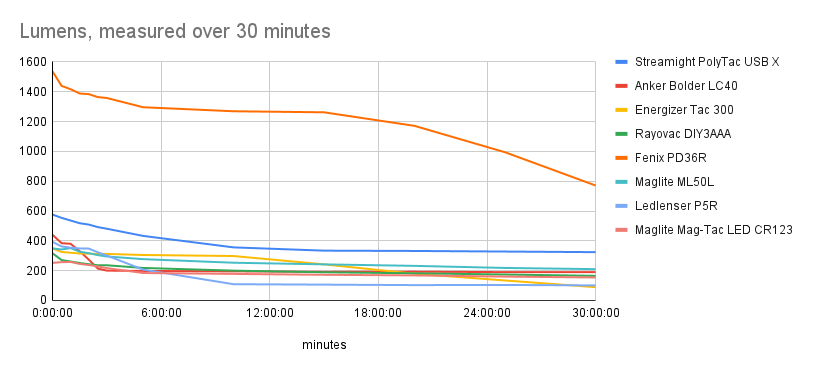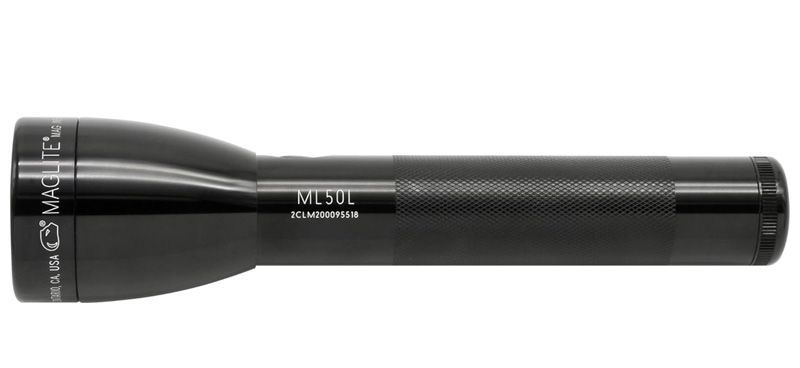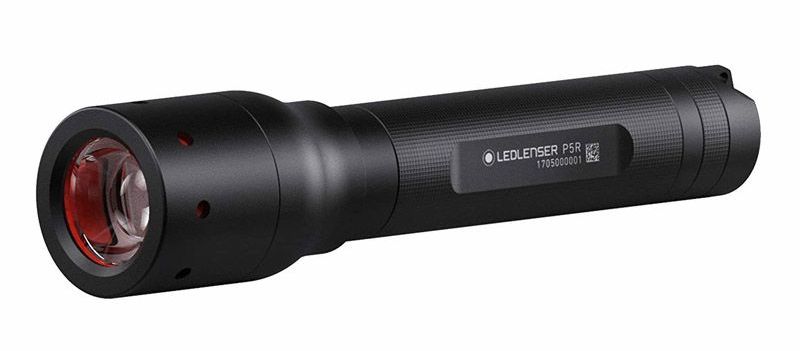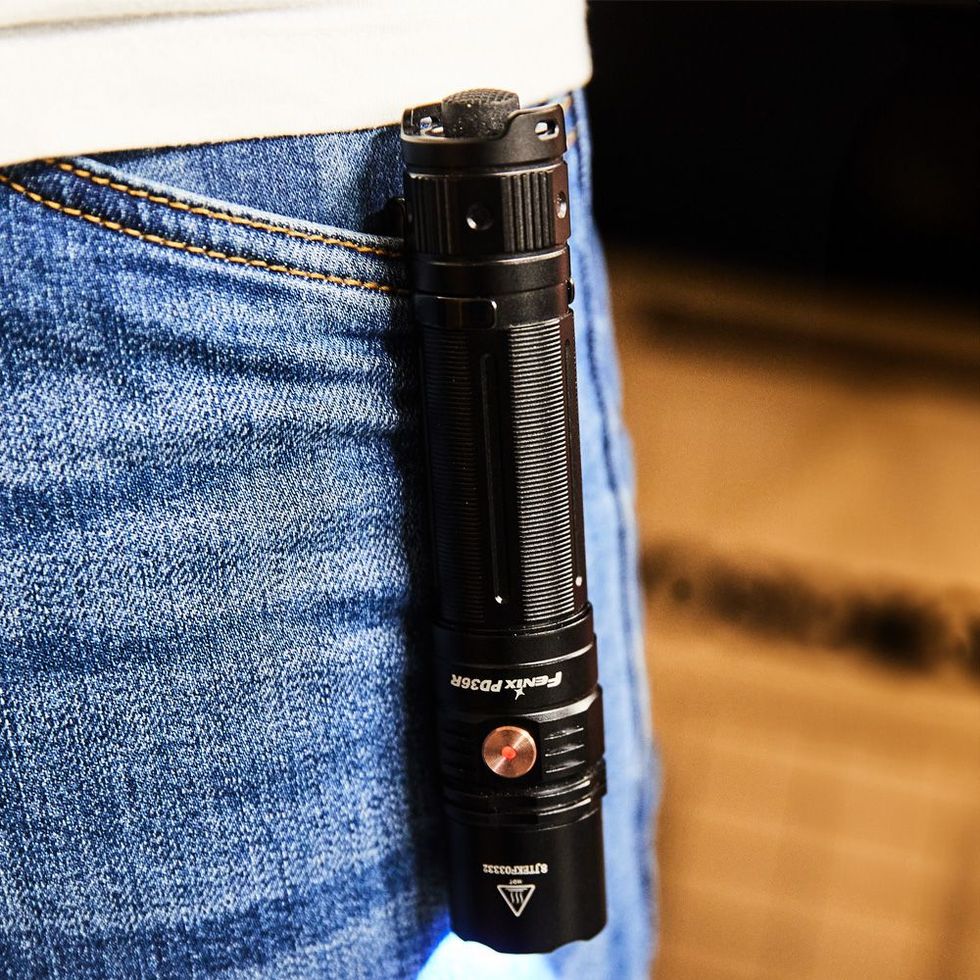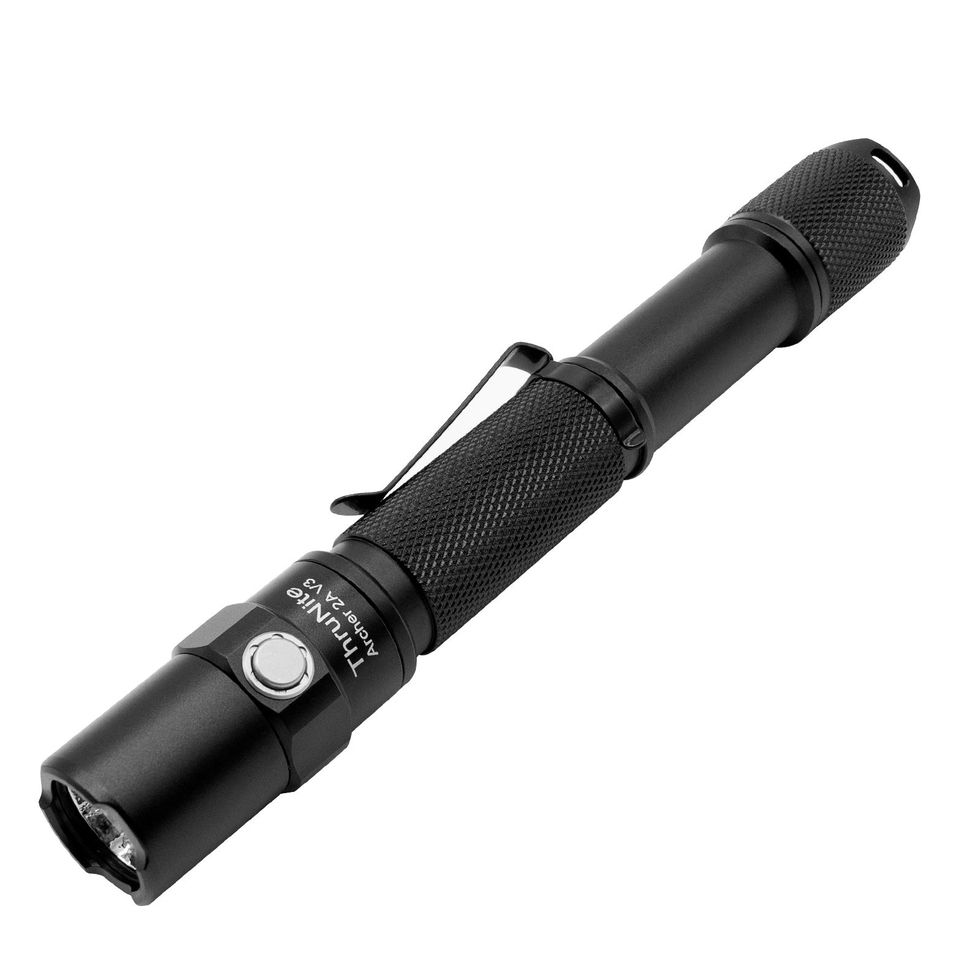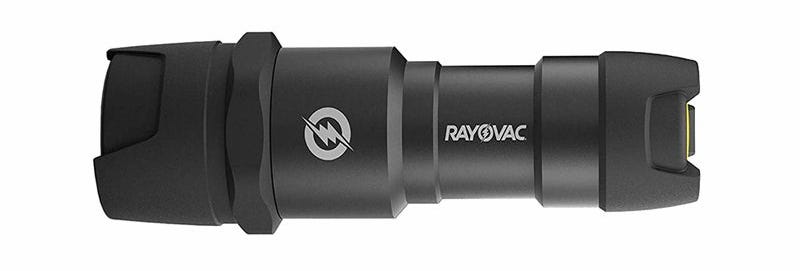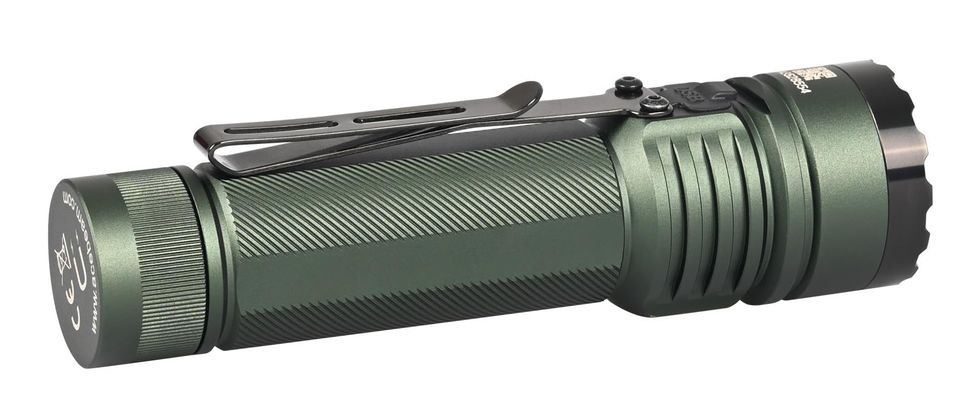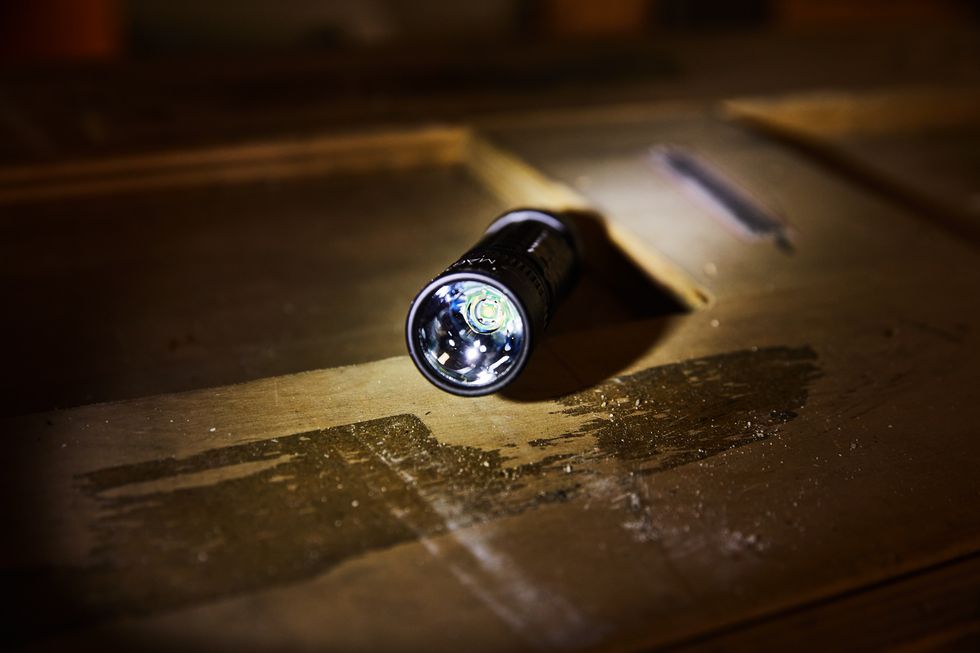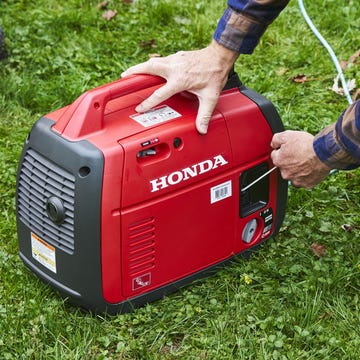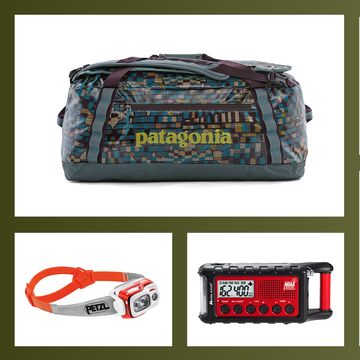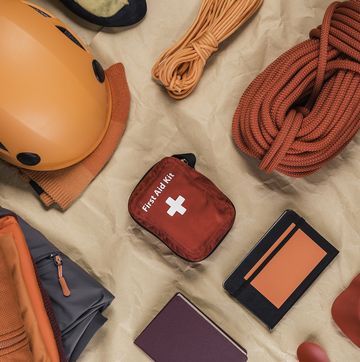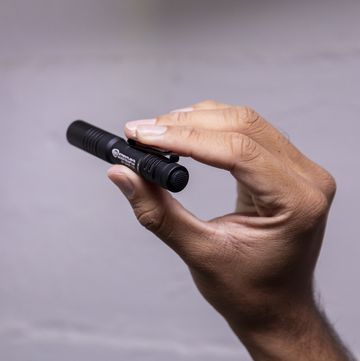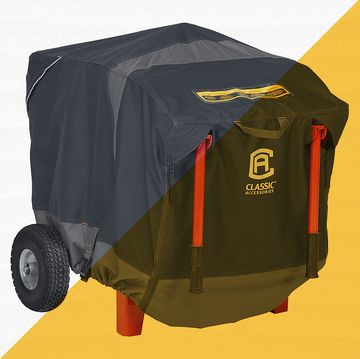Gear-obsessed editors choose every product we review. We may earn commission if you buy from a link. Why Trust Us?
The 8 Best Flashlights for Everyday Use
When all other lights go out, let one of these LED flashlights illuminate the darkness.
It’s 2024, and most of us technically have a flashlight with us all times with our smartphones, but we believe that it’s important to keep a dedicated flashlight handy at home. It may be tempting to say the flashlight function on your phone is “good enough” in a pinch, but there’s really no substitute for the superior power and range of a modern LED (Light-Emitting Diode) flashlight. They are bright enough to illuminate a dark room when the power goes out, or to help you navigate the great outdoors in the dark.
We've tested a variety of popular models to find the best flashlights to keep around. Whether you're a hiker who's looking to splurge on a high-end flash for daily use, or you're just looking to put a decent one in your car, we've got you covered.
The Best Flashlights
- Best Overall: Maglite ML50L LED Flashlight
- Best Value: Anker Bolder LC 40 LED Flashlight
- Best Tactical Flashlight: Streamlight Polytac USB X LED Flashlight
- Lightest: Ledlenser P5R LED Flashlight
- Brightest: Fenix PD36R LED Flashlight
The Expert (Steven T. Wright): I've covered tech and gaming for almost a decade for a variety of publications, including Polygon, GameSpot, Popular Science, Reviewed, and (of course) Popular Mechanics. My dad's lifelong interest in flashlights got me interested in the tools from an early age, and I've enjoyed comparing them for fun for years now.
The Expert (Bradley Ford): I’ve been developing test protocols, equipment, and fixtures for Popular Mechanics for the last 5 years. When flashlights came up, I researched ANSI’s standards and interviewed manufactures to see how they test their lights. Ultimately, I designed, built, and calibrated the integrating sphere we use for testing flashlights, as well as adopting real world, practical tests to assess how well flashlights actually perform.
What You Need to Know About LED Flashlights
LEDs in flashlights, while more efficient than traditional bulbs, can still generate a fair amount of heat. And with some manufacturers vying to produce the brightest flashlight made, the heat generated can be significant. There are two ways to manage heat that may be employed independently or in conjunction with one another. The first is to physically draw off the heat by mounting the LED to a “heatsink,” a piece of metal, with a lot of surface area, that absorbs heat and allows it to dissipate.
The second way is to regulate the power used to illuminate the LED. Too much heat can damage an LED, and it gets less efficient as it gets hotter. For this reason, many LED flashlights have circuitry to manage power consumption. This circuitry has another benefit too, as it prolongs battery life.
LEDs vs. Bulbs
Traditional light bulbs are inefficient and waste a lot of energy. In fact, according to the U.S. Department of Energy, as much as 90 percent of the energy required to illuminate an incandescent light is given off—essentially lost—as heat. The introduction of halogen bulbs proved to be more efficient, although they can still generate a lot of heat. Aside from this, light-bulb filaments in flashlights are notoriously delicate, breaking when jolted or dropped.
LEDs, on the other hand, are 70 to 75 percent more efficient than incandescent lights. The LED itself is a semiconductor that emits light when current passes through it. Without a delicate filament suspended inside, the “emitter” is far more durable than a traditional light bulb. Because they’re more efficient, LEDs are brighter than incandescents using the same amount of power.
Don’t Get Wooed by Lumens—Understand Them
Flashlight brightness is measured in lumens, which is a measurement of “total light, radiating equally in all directions.” Manufacturers were historically optimistic in their published lumen figures, and while many are now reasonably accurate, there are still some dubious claims out there. Also note, manufacturers may list the highest possible lumen output of the LED in their light—although they may not be powering it to its full capability to reduce heat or prolong battery life. None of that really matters all that much though, because a light with a ton of lumens doesn’t necessarily mean it’s the brightest in practice—or the best light for you.
A super bright light may not cast a beam as far as a less bright light. Variables like the reflector shape and lens play a big role in how far the beam is thrown, and how wide it spreads. Also, consider that LEDs are brightest when they are first turned on. As they warm up, they slowly dim, which is usually imperceptible to our eyes. As the LED dims, our eyes adjust to the light and we can see better with less light.
What Do IP Ratings Mean?
IP is short for ingress protection, meaning protection from stuff getting inside the flashlight. Those letters will be followed by two numbers: The first digit relates to protection from solids like dust or grit. The second digit relates to protection from moisture, in this case the concern is usually water. Sometimes there will be an “X” in place of one of those numbers, which means the flashlight hasn’t been tested for protection from solids or liquids, depending on the position of the “X”.
For the first number, protection from solids, the highest number, 6, indicates the light should be impenetrable by dust and sand. The highest value for the second number, representing protection from liquid, is 8—indicating that the flashlight can be submerged in water deeper than 1 meter, for longer than 30 minutes, with no harmful effects.
Values for ingress protection from solids:
X – not protected, or not tested
1 – protected against solid objects over 50mm
2 – protected against solid objects over 12mm
3 – protected against solid objects over 2.5mm
4 – protected against solid objects over 1mm
5 – protected against dust with limited ingress, but no harmful deposits
6 – completely protected against dust
Values for ingress protection from water:
X – not protected, or not tested
1 – protected against vertically falling droplets
2 – protected against direct spray +/- 15 degrees from vertical
3 – protected against direct spray +/- 60 degrees from vertical
4 – protected against splashes from all directions, with limited ingress
5 – protected against low-pressure jets from all directions, with limited ingress
6 – protected against high-pressure jets from all directions, with limited ingress
7 – protected against temporary immersion, up to one meter, for up to 30 minutes
8 – protected against immersion, greater than one meter, for longer periods
A flashlight’s IP rating gives a partial picture of its durability. You’ll also want to take into account things like the materials used—ranging from lightweight but less-than-durable plastic to rubberized enclosures to heavy-duty anodized aluminum—and whether the flashlight floats in water in addition to being waterproof, not to mention the warranty.
How We Test
There are three main components of our flashlight testing: lumens, beam drop-off, and beam pattern. Lumen testing turned out to be a significant project that helped us gain insight to how lumens relate to flashlight performance. Lumens are measured using a device called an integrating sphere. Integrating spheres are hollow, with a white coating on the inside that diffuses light, bouncing it around in the sphere. A light is fixed in one port, pointing into the sphere, which collects all the light, allowing none to escape, so that it can be measured with a sensor in a second port.
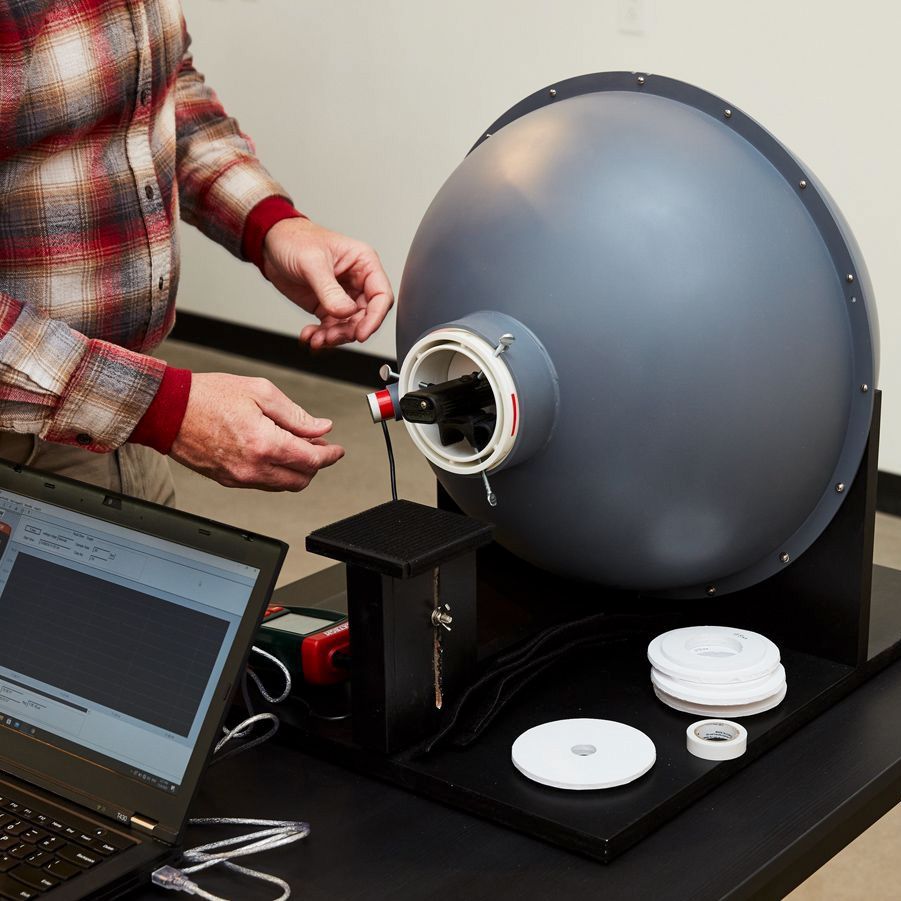
Integrating spheres are lab-quality instruments and can be extremely expensive. However, once we understood how they work in theory, we built our own. In doing this, we consulted with product engineers at two companies to vet our ideas, verifying lumens on calibration lights in their sphere to make sure ours would be accurate. Once our sphere was calibrated, we measured each flashlight in our test at set intervals. We took measurements when we first turned the light on, then every 30 seconds up to 3 minutes; at 5 minutes, and then every 5 minutes up to 30 minutes. We used the measurement at 30 seconds as our official lumens figure for each light, because the brightness drops off quickly. After 30 seconds, most LEDs stabilize and dim at a much slower rate.
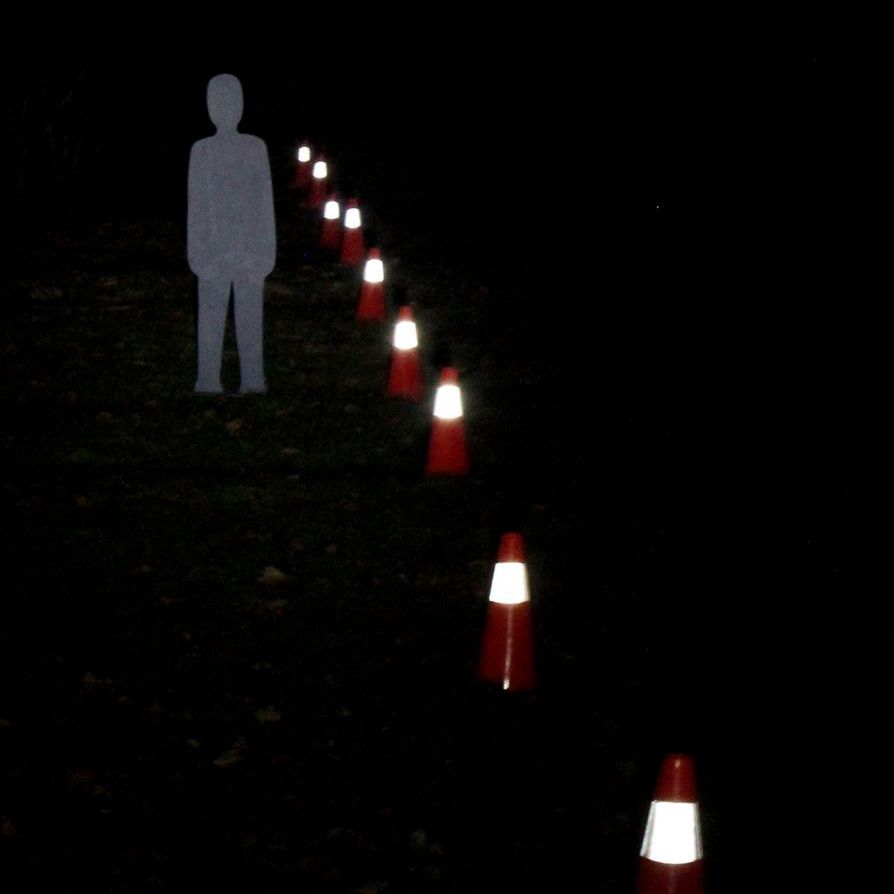
Beam drop-off is the point where the light is no longer bright enough to positively identify objects. We tested beam drop-off by placing 10 reflective traffic cones, in a line, every 5 meters out to 50 meters. We used a silhouette of a person, painted neutral gray, and moved it between the cones to determine the distance at which we could still identify it. The beam pattern we tested at 10 meters. We measured brightness in the center of the beam, then turned the light 5 degrees right and 5 degrees left and measured brightness at both points. This helped us determine the width of the bright, beam center.
Steven T. Wright is a freelance writer based in Miami, FL. He has been a full-time writer of various things for around a decade, especially long-form features about tech and digital culture. He enjoys spending time with his wife and cat, hiking, and reading weird fiction. You can follow him on Twitter @MadCathedral.
Brad Ford has spent most of his life using tools to fix, build, or make things. Growing up he worked on a farm, where he learned to weld, repair, and paint equipment. From the farm he went to work at a classic car dealer, repairing and servicing Rolls Royces, Bentleys, and Jaguars. Today, when he's not testing tools or writing for Popular Mechanics, he's busy keeping up with the projects at his old farmhouse in eastern Pennsylvania.
Watch Next

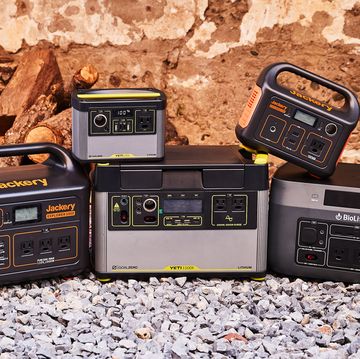
The 9 Best Solar-Powered Generators
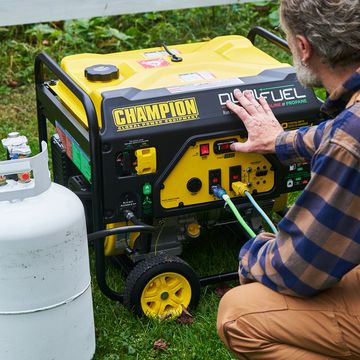
The 10 Best Portable Generators
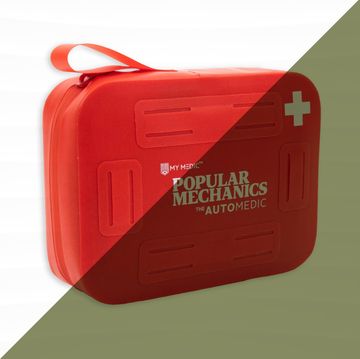
The Best Car Emergency Kits, Just in Case
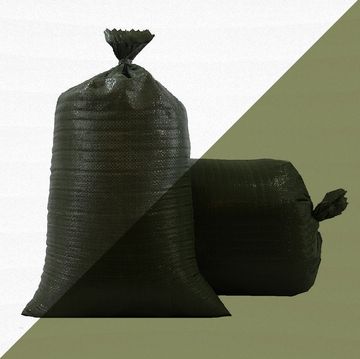
The Best Flood Barriers for Home Preparedness

